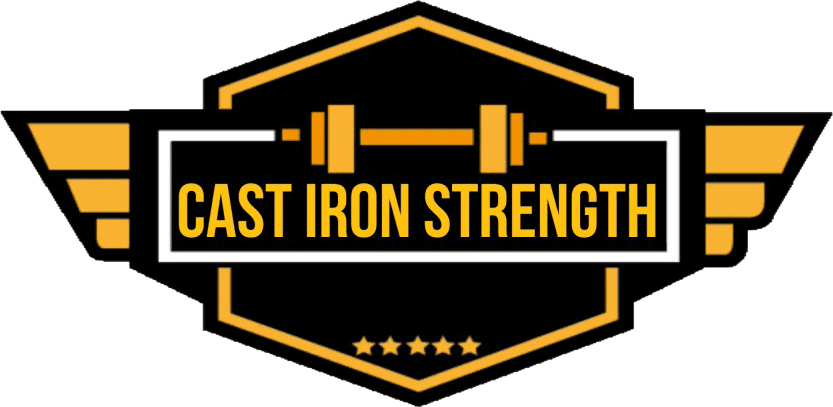Another month and another gloriously bound copy of the Journal of Strength and conditioning await perusal. So with out further ado let’s pick out the best bits.
Weightlifting Shoes and Trunk Lean.
Kimitake Sato et al of Arizona State University performed a kinematic analysis of the back squat using 25 participants (20 male and 5 female). The two conditions consisted of a back squat performed using trainers and weightlifting shoes. Participants used 60% of their 1 RM back squat.
Using side video 2D analysis they determined that the only significant difference was less trunk lean in the weightlifting shoe group. Upright squatting was determined to be desirable due to less sheer forces being placed on the lumbar spine. So if you haven’t already bought some shinny new weightlifting shoes here is an excuse.
The Effectiveness of Resisted Movement on Sprinting and Jumping performance a Review.
Con Hrysomallis of Victoria University, Australia presented a review of 26 journals between 1970 and 2010 on the effects of weighted training (i.e. performing the action with external load) on both sprinting and jump training.
For Sprint training he concluded that weighted training did not seem to increase speed any more than unloaded sprint training, concluding that their was some limited data that showed that loaded sprint training increased acceleration.
In jump training it was shown that weighted jump training in fact did improve jump performance but not more than depth jumps or plyometric training. Elastically resisted jump training (such as the jump platforms) did not increase jump performance. Concentrically resisted jump training (such as jumping with a barbell) was shown to have a lower peak power out put than unloaded jumps and to not increase jump performance over unresisted training.
Eccentrically loaded jump training where the resistance is released when the concentric phase is introduced had been shown to be more effective than non loaded jump training. An example of a drill would be to have the athlete perform a depth jump with dumbbells in hand when the athlete makes contact with the floor have them drop the dumbbells and jump as high as they can.
Strength, Dynamic and Static Postural Control
Urs Granacher and Ablert Gollhofer at the University of Freiburg, Germany looked at the relationship between Strength (isometric and dynamic), Power output (vertical jump height and power output) and Postural Control (static and dynamic) in thirty healthy per-pubescent school children.
Using these observations they tried to establish any relationships using a pearson’s cor-relation test. They failed to find any relationship between any conditions other than a moderate co-relation between planter flexor (calf muscle) rate of force development and jump height.
Perhaps more interestingly they failed to find a relationship between static and dynamic postural control conditions inferring that these are discreet skill sets and need to be treated as such in training. It is not surprising that strength was not co-related with postural control since strength is a gross motor action requiring maximal effort (and such recruitment of the whole muscle) which is diametrically opposite to balance which requires fine motor actions which require fine motor recruitment (firing the right neurons at the correct time).
Using the Wii Fit Balance Board to Improve Lower Limb Weight Distribution in the Squat
exercise.
Rian McGouth et al of the University of Melbourne, Australia performed a novel study the likes of which don’t pop their head into sport science research anywhere near enough. They used the Wii fit balance board to asses the amount of weight bearing asymmetry was present in participants during the squat exercise. After baseline measurements they then used custom software to provide visual feedback to the user in an attempt to try and correct any imbalance between legs.
Two groups where tested well trained athletes (n=15) who had previously engaged in strength and conditioning and healthy young adults (n=32) who had not previously engaged in any significant level of strength and conditioning training.
Initially both groups showed some asymmetry in their weight placement with the trained groups displaying much less asymmetry than the untrained group. During the real time visual feedback intervention only the untrained population showed a significant improvement.
The authors suggest that the use of visual feedback could be an inexpensive way of improving weight distribution in lower body exercises in populations that have high levels of variance (such as post lower body surgery patients). It also shows that regular bilateral strength can have a similar effect.






